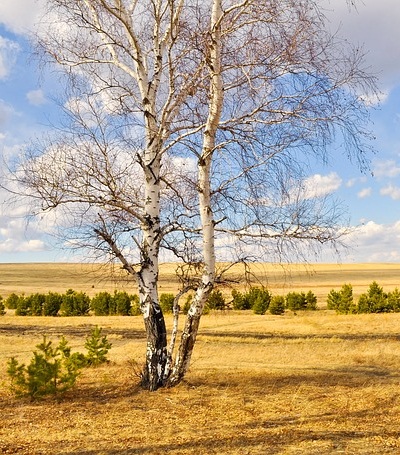Blue Meanies Ecological Importance
No living thing has been judged as differently in the course of history as the potentially immortal mushrooms. In the Middle Ages, it was believed that mushrooms were not living things. Later they were assigned to plants, today they are recognized as a separate kingdom alongside plants and animals.
Blue meanies mushrooms in the ecosystem

In nature, mushrooms play an essential role in the breakdown of organic matter. Their ecological importance is enormous. The knowledge that mushrooms contain not only deadly poisons but also healing substances has been used in Asian medicine for thousands of years. Mushroom therapy is an essential part of traditional Chinese medicine. This is the reason why more and more people buy blue meanies Canada.
Blue meanies mushrooms and their importance for the natural balance
Together with the bacteria, fungi form the decomposition organisms in the material cycle of the ecosystems. For example, they break down wood, dried up leaves, fruits, and also horn and fats. In doing so, they return nitrogen compounds and other substances to the soil, which are then available to plants and animals again. This “recycling” task makes mushrooms the nourishment of the forest from an ecological point of view.
Mushrooms also play a key role as symbiotic partners. Particularly noteworthy are lichens as a community with algae and the mycorrhiza, translated as “mushroom root”, as a partnership between fungi and vascular plants. Most of our trees live in symbiosis with such fungi. Mycorrhizal fungi coat the fine roots of the tree, collect nutrients and convey them to the plants together with water. In return, the fungus receives the substances it needs for its life, especially sugar, proteins, and vitamins
Mushroom species decline
A threat to the forests means a threat to the fungi. In connection with research on forest dieback, it was recognized as early as the 1970s that forest dieback is preceded by fungus dieback or is linked to it. Many mushrooms are very sensitive to environmental pollution and are therefore reliable indicators of contamination. Many native mushroom species are endangered or have already died out. If the extinction of species in the forest is to be stopped, we must campaign for natural management and large-scale protected areas.
